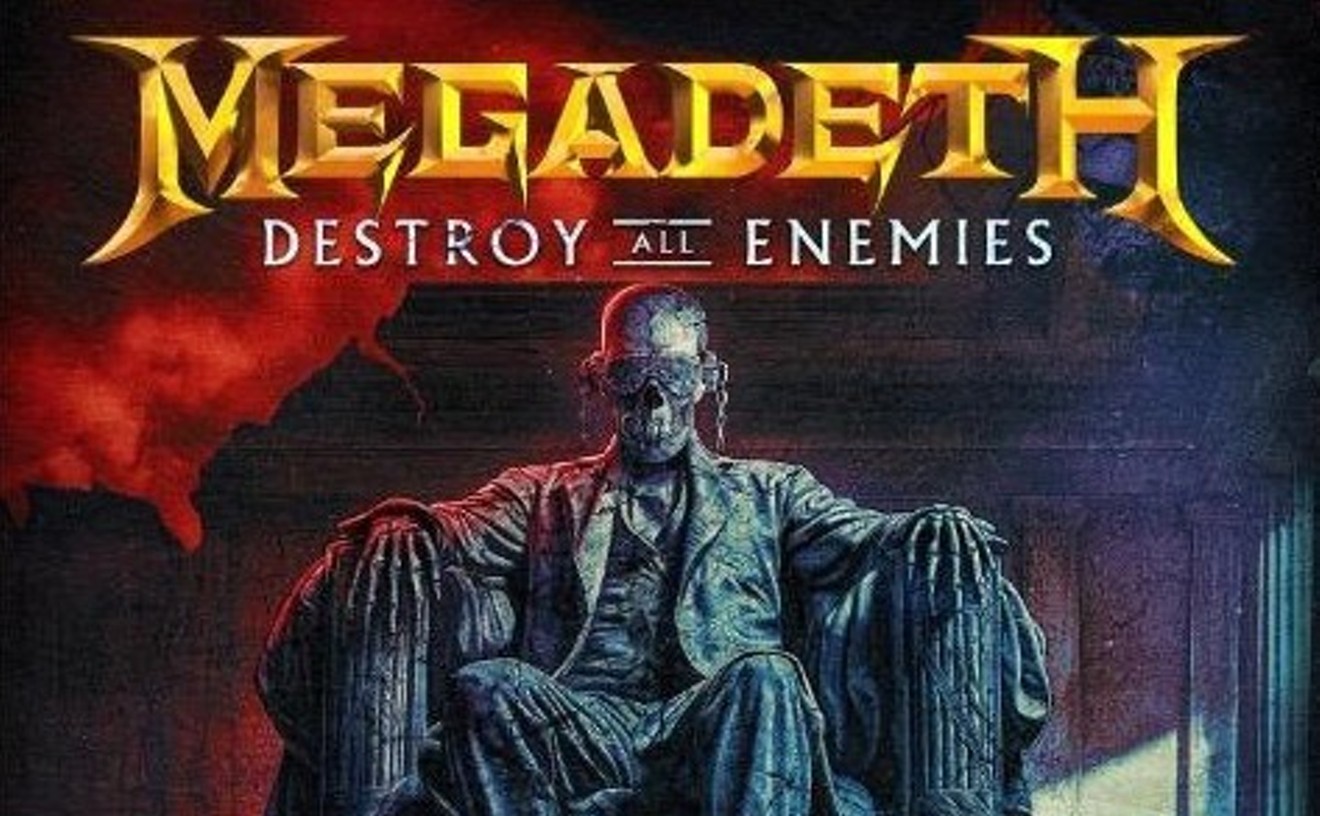The Clan's ostensible low point came with 1999's Wu-Chronicles, a compilation album designed to represent the (by then) overwhelming amount of Wu-merch. Wu-Chronicles was representative, all right, but what it represented was just how far the fruits had fallen from the tree; the record was scattered and confused, and for the first time a Wu-Tang album sounded like a cashing-in tactic, a shameless cheat instead of an honest failure.
Wu-Chronicles: Chapter II, while nowhere near as dismal as its predecessor, is nonetheless an album that only completists will need, and even they're probably going to resent it, despite its several pleasures. Excellent production (again) from RZA predominates on the album, lending it what small coherency it does possess, and the usual suspects all make predictable appearances. Method Man, GZA, Killah Priest and Redman deliver energetic performances on their tracks, and even that weird Ol' Dirty Bastard is represented on the album's centerpiece, the Nino Rota-esque "Got's Like Come on Thru," which reminds one of the days when he was unintelligible and funny, as opposed to just unintelligible.
There are even a couple of remarkable moments like GZA's atmospheric remix of the Jon Spencer Blues Explosion's "Greyhound," first heard on JSBE's 1994 album Orange, which suggest that the band is still capable of a new direction or two. So the problem, after repeated listenings, isn't that Chapter II is weak on its own terms. It's that the spreading-thin of the collective's talents and topics becomes all the more painfully obvious on a compilation record, causing the listener to wonder why they're still bothering to release solo albums when their styles remain so constant (read: inflexible) from performer to performer.
To be fair, the selected cuts here are drawn most often from the years 1998 through 2000, which was when the Clan dropped back and punted after realizing it was sacrificing quality for quantity. For that reason, the strongest cuts here are the later tracks, from about 1999 forward. With new talents like D'Angelo and late Wu-Tang bloomer U-God appearing in the forefront for the first time, the Clan's sound became much less insular and conservative -- which was, after all, a particularly ironic trap for a group so initially creative to have stumbled into. But the overall unevenness of the album prevents it from achieving recommendation for all but the most die-hard Wu-Tang fans.









